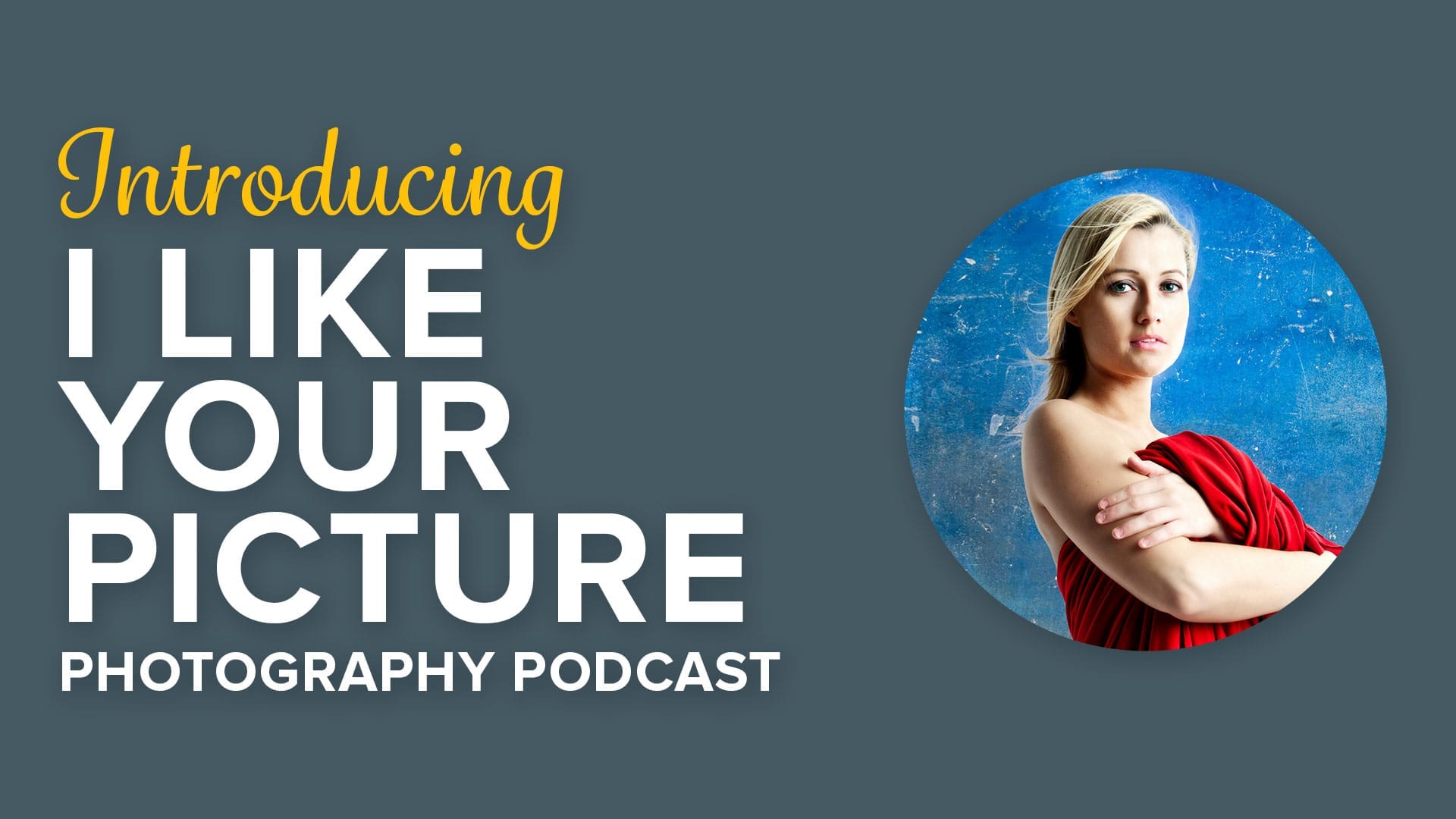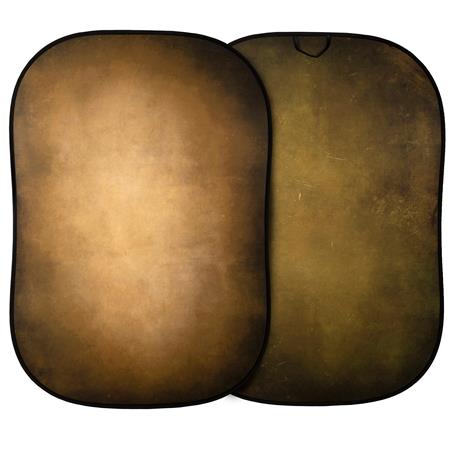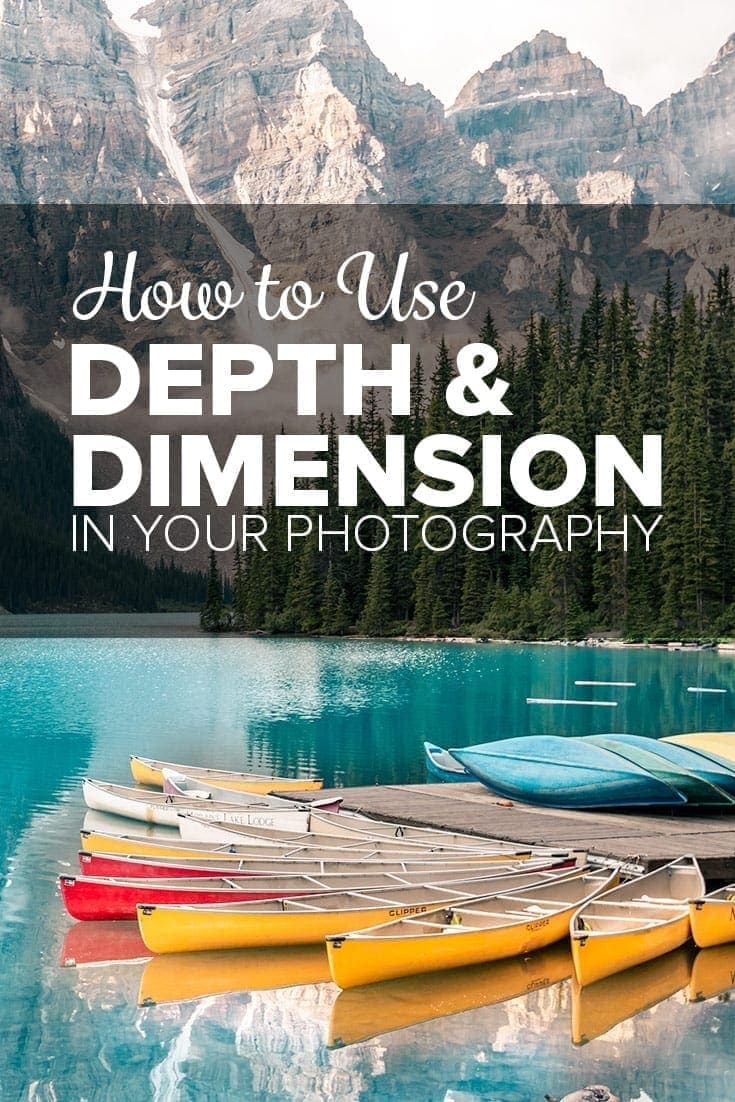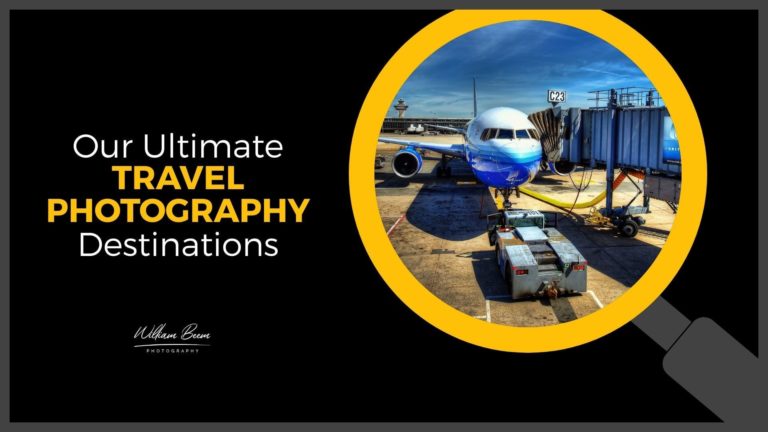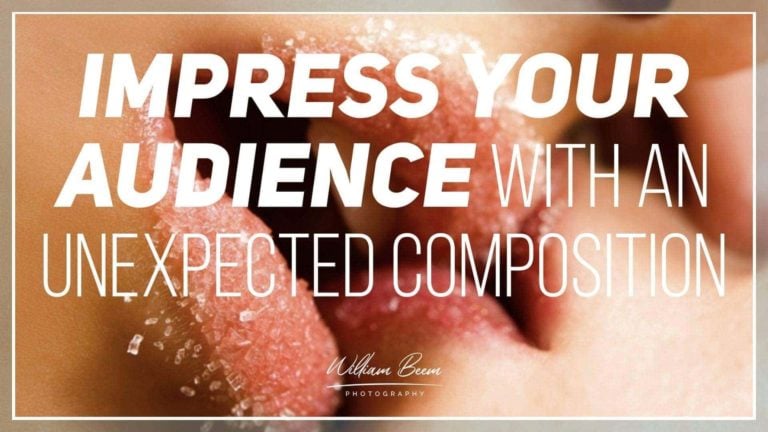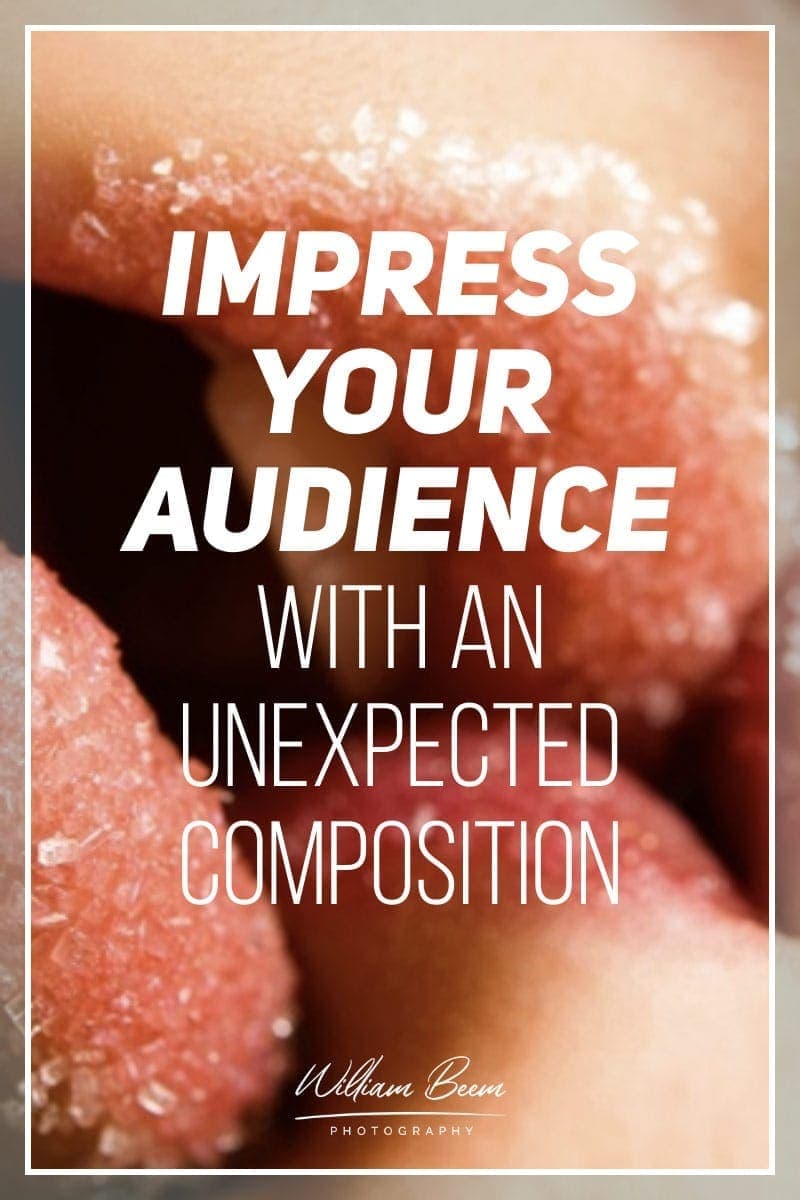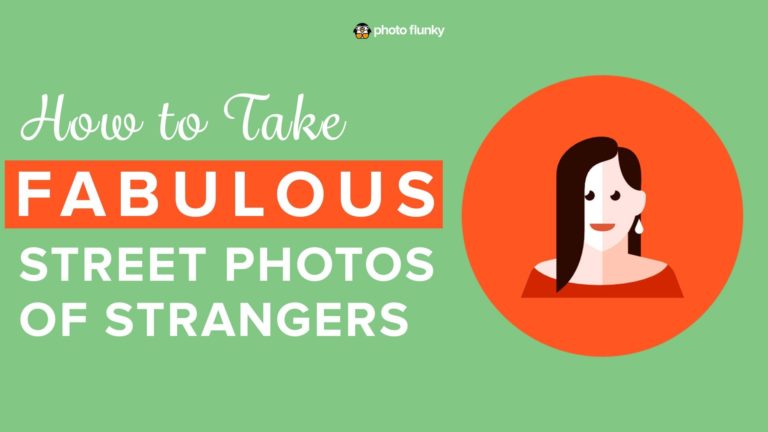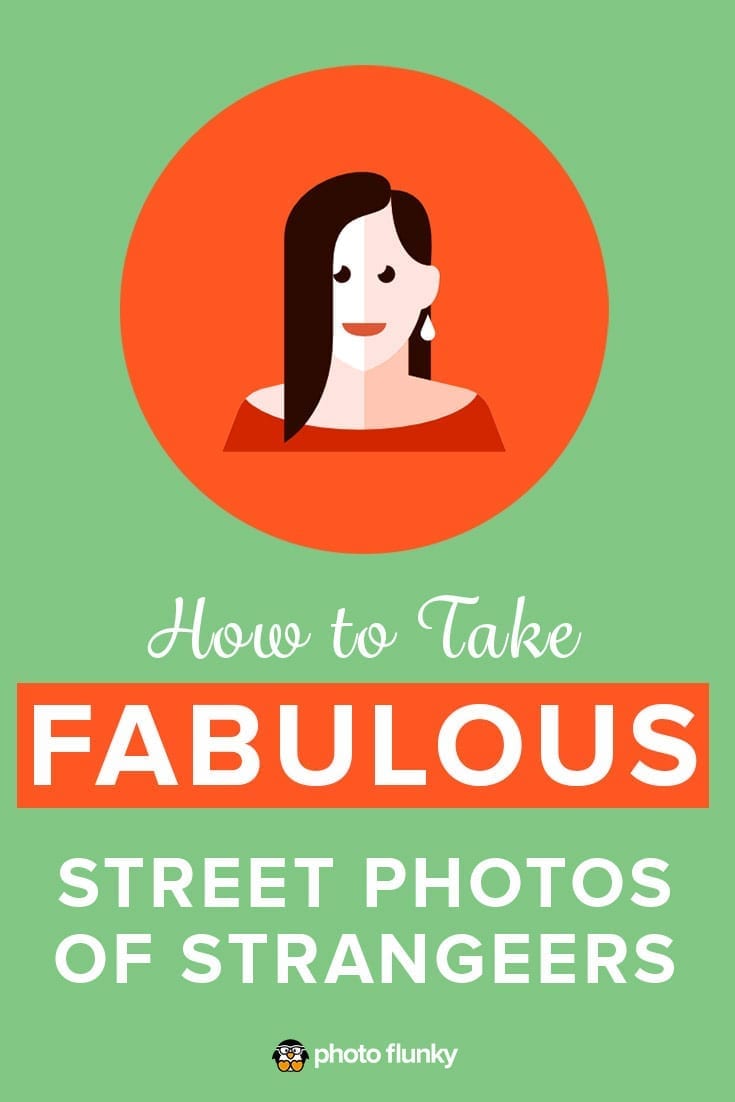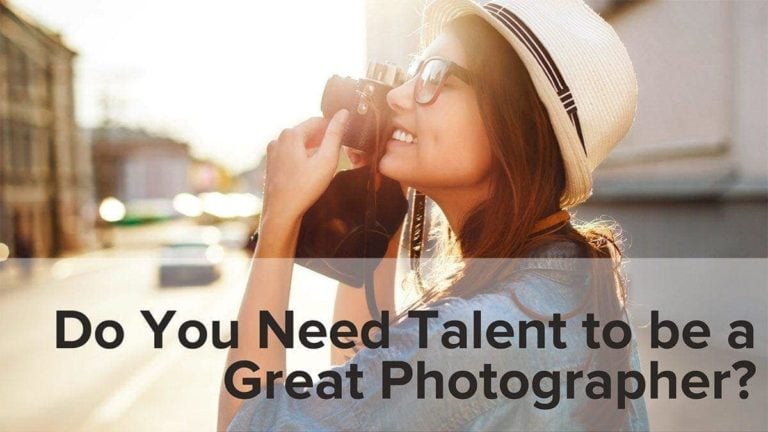Affiliate Disclosure: We earn a commission if you purchase through one of our links at no additional cost to you.
Over the past few weeks, we shared that The Photo Flunky Show was coming to an end. It’s time for our photography podcast to take a new direction, and we’re kicking it off this week by introducing the I Like Your Picture photography podcast.
The core of our new direction is Visual Storytelling, and we think you’re going to like this change.
What is Visual Storytelling?
Visual storytelling is a method of approaching your photography with the knowledge of who you’re trying to serve with your photos and what emotion you want to make them feel.
Imagine you wanted to buy a fiction novel to read. What genre do you prefer? Authors know that they can’t be all things to all people, so they write stories for a specific audience.
For example, you probably have a good idea if you’re a fan of Stephen King, Dan Brown or Nora Roberts. They’re all talented and popular authors, but each serves a different audience.
That’s not to say that they won’t have some cross-over fans. Some people like Stephen King and Dan Brown. However, the readers want something different, and something unique to each author, when they buy their novels.
Photography is no different. You’re just telling your story with visual tools instead or written words.
How to Define Your Audience
Let’s start with your own interests. While it’s possible you could serve an audience by creating photos you don’t like, it isn’t a good recipe for success.
Start by thinking of the photos you love to take, or those you want to take and just haven’t gotten there yet.
Most of us start photography working to take photos that we want to see. Maybe we haven’t narrowed things down to one genre, but that’s OK. We start with an audience of one and let it grow.
One of the best things you can do for your photography is to narrow down your subject list and genre soon and then start working to improve your craft in that area.
Nobody says you can’t photograph more than one genre, but you’ll grow more as a photographer when you stop trying to be a jack of all trades and master of none.
When you start crafting your genre, you then become known for something.
That’s how you attract an audience. People start to love what you do. When that happens, there’s something very important you need to do.
Reach out and ask them what they like.
Find out if they like a subject or not. Ask if they prefer a lighting technique, a mood, or a post-processing style. Ask your audience what they want, and learn why they want it.
That’s when you learn how to craft photos they love.
The Importance of Asking
I have a survey that goes to everyone who subscribes to my email list. People willing to share tell me something about themselves, which I use to develop what I share. Because of that subscriber survey, we’re changing the direction of the podcast and the blog.
I’m working to serve my audience.
No doubt some of my current audience may not fit exactly with the new direction, and they may leave. However, most of the people who shared their interests created this direction and I’m here to serve my audience.
Lee has a completely different audience, who are quite vocal about what they want on her Instagram accounts.
Since she’s an endurance runner and attracts an athletic audience, she knows that they want to see proof of her daily runs, some food or nutrition information, and they want to see her beer.
Endurance runners crave a good beer. It fills a void for them.
After every run or workout, Lee takes a selfie while she’s still a hot, sweaty mess. Many women don’t want a camera near them in that condition, but this is what her audience wants.
They want to see someone who does the things that interest them, and she delivers.
If not, they get pretty cranky and ask why she hasn’t posted her daily after-run photo.
Lee spends time engaging with her audience in person and online. That’s how she knows that they want to see photos about nutrition, meal prep, run reports…and beer.
Don’t forget to engage your audience and ask them questions.
Every Photo Should Evoke an Emotion
As important as knowing what your audience wants to see is knowing how they want to feel.
Your photos, no matter which genre you enjoy, should evoke some kind of emotion. Think about your responses to a photo of a cute baby, a beautiful destination or an incredible action shot.
Make your audience feel something. That’s the reason we love stories.
I can think of two ways to evoke a feeling with your photos and stories.
We love the stuff we know. We’re fascinated by something new. You can use those triggers to help your audience feel something about your photos.
Not all emotions are positive, but that doesn’t make them any less interesting or compelling. Photojournalists shared some shocking photos from war zones, civil unrest and demonstrations during our history.
Those photos, while potentially disturbing, bring about emotions. They tell us about the world where we live and how we treat one another. That’s good journalism.
Of course, no one says you have to be a journalist. Some of my favorite photos are composites that tell fantasy stories. I love seeing great product photography or food photography.
They’re all compelling in some way or another. Even showing something familiar in a new way can work by combining familiarity and curiosity in a single photo.
Learn the Composition Triangle
You quite likely heard of the exposure triangle.
Those three settings on your camera allow you to adjust your exposure creatively. Slow down the shutter speed; you may have to change your ISO or Aperture to keep your exposure. That change allows you to get some motion blur. Other settings create different results, which you decide based on your creative needs.
I like to think of the Composition Triangle (something I just made up) as a similar set of variables that have to work together to achieve the right result.
All of these variables work together to support your visual story. Does your background and light work to place your subject in context with the story?
Can you change the subject with the same background and lighting to get a good result?
Sometimes yes, sometimes no.
Let’s take a look at some examples of Lee’s photos.
Would You Like a Dark Brew?
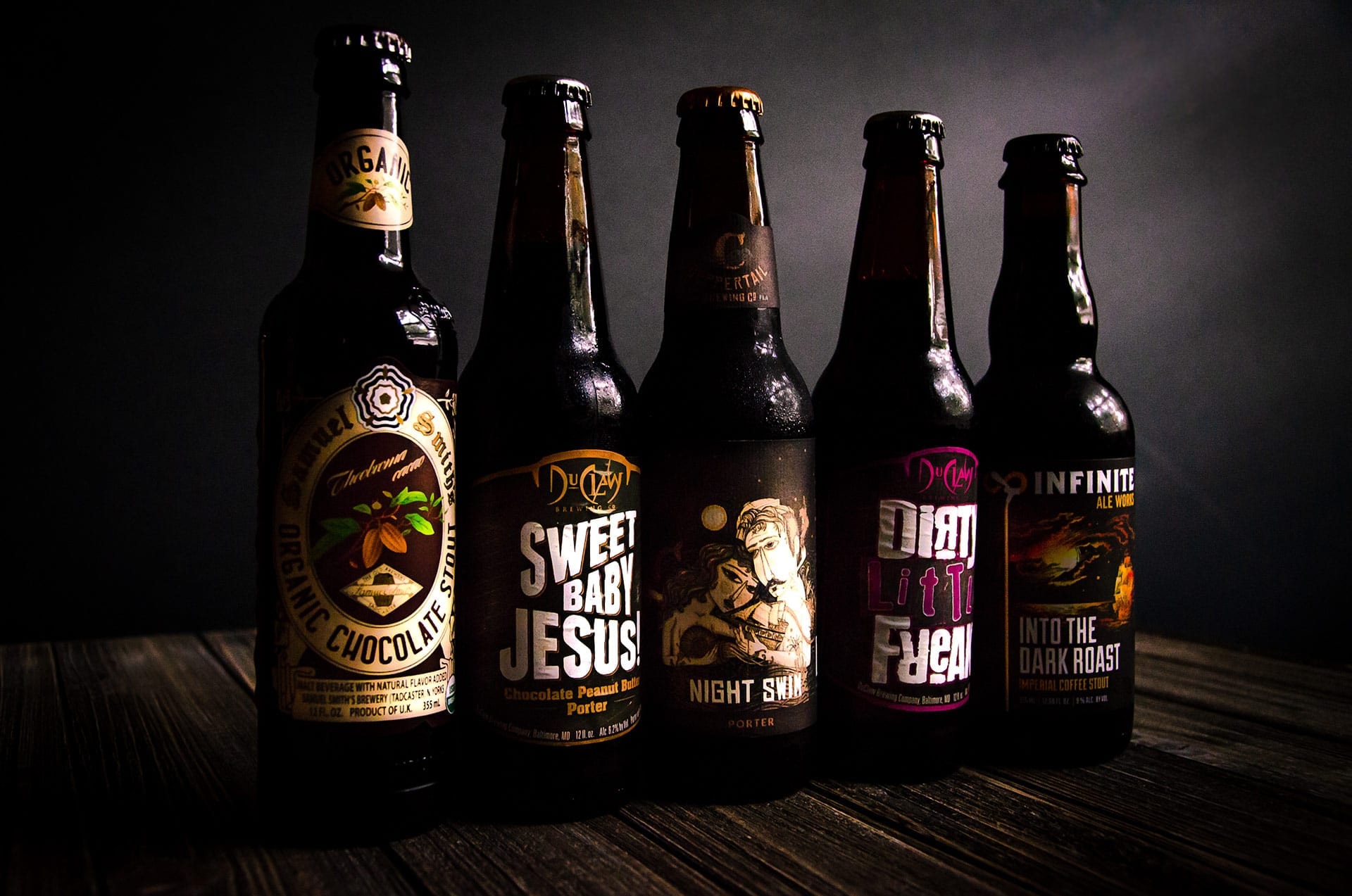
Most of Lee’s photos are bright and colorful. It fits her subjects. However, she had a different story with this photo series. It was all about dark brew beer, which gave her the idea of something emerging from the darkness.
Let’s start with the subject – various beer bottles. While the story wouldn’t be the same without a dark brew beer, it’s also true that it doesn’t matter which dark brew beer she included.
These were just some random bottles we found at a local liquor store. She liked the labels and found them interesting. However, any dark brew beer bottle could work here.
The background is pretty simple. We started with a black foam board and later switched to our Manfrotto Collapsible Background, Reversible Olive & Tobacco on the Tobacco side.
The double-sided Manfrotto 5x7' Vintage Collapsible Reversible Background in Tobacco/Olive is a great way to add a touch of class and sophistication to your portraits, fashion, and product photography. The Tobacco surface offers a range of brown/ochre tones with a slight hint of green, while the Olive surface features a range of deep greens with a touch of ochre. Both sides also feature a dark vignette to the edges. The durable and practical no-wrinkle material ensures that your background will always look its best.
She found some distressed wood panels at a craft store (Michael’s, I think). The plain background and the distressed wood don’t interfere with the subject. In fact, the dark colors and texture help support the story of her subject emerging from darkness.
For lighting, we used two sources.
The key light was our bedroom window. It faces southwest and had a good direction in the mid-afternoon.
The other light was a selfie ring light that she found on Amazon.
With the Auxiwa Clip-on Selfie Ring Light, you can have professional-quality lighting.
This rechargeable light has 3 different brightness levels, so you can always get the perfect amount of light. Plus, with 36 long-lasting LEDs, you'll never have to worry about running out of light. Just press the power button to switch to another lighting level.
It doesn’t put out a lot of light on this photo, but I held it just out of frame to create some highlights on the photo below:
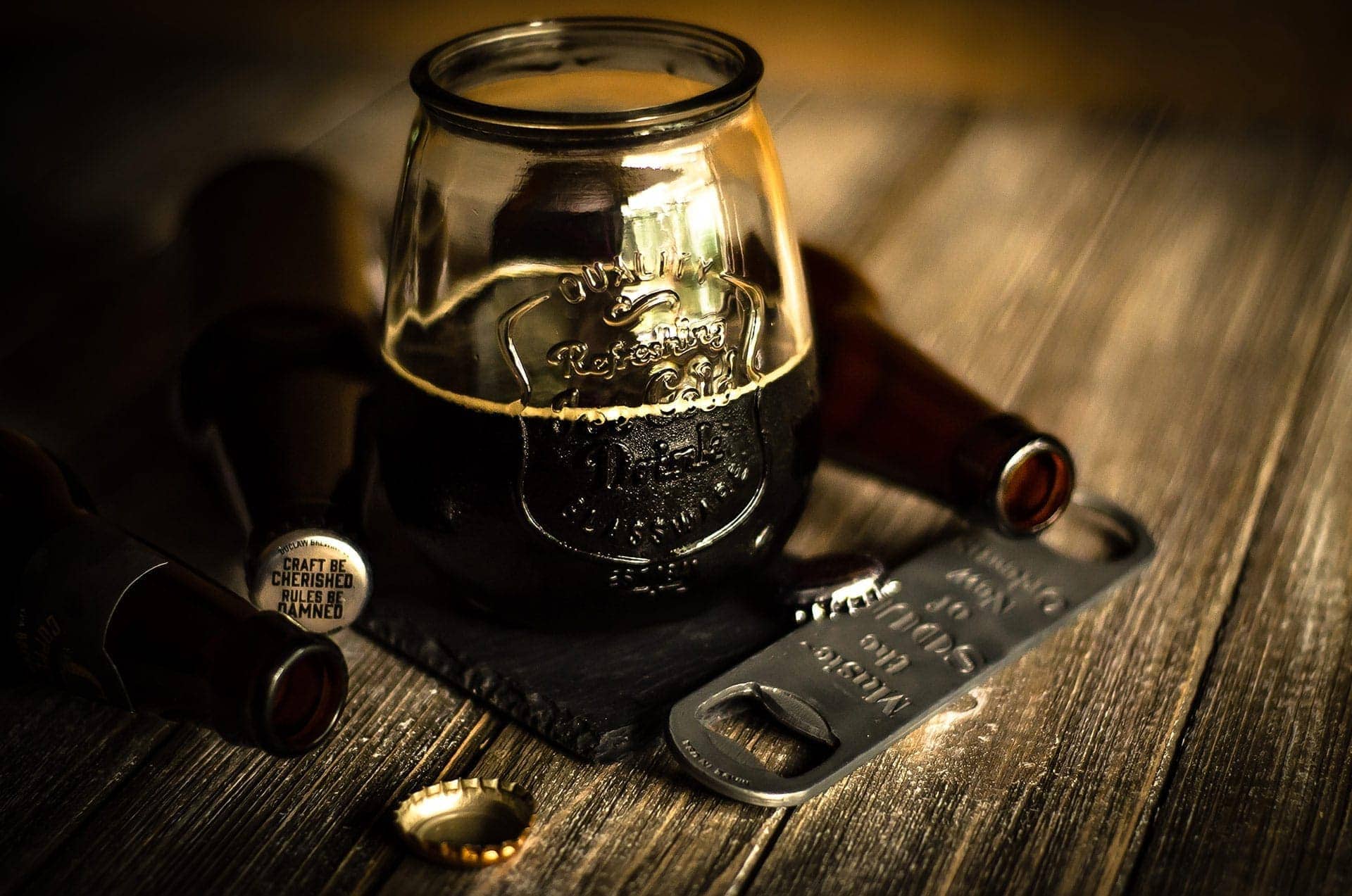
Fix What You Don’t Like
Neither one of us are beer photographers. If we were, we’d know just how quickly the foamy head of a beer collapses and we would’ve had more beer on hand for each photo.
Clearly, the head isn’t quite as foamy as you would see in a product shot. However, it worked for our quick and dirty photoshoot.
We found some problems with this set and overcame all except the foam, mainly because Lee didn’t want to give up all of her beer for the photo.
One of the first problems was a shadow cast by our window frame onto the background. We found a couple of ways to deal with that issue:
The beer bottle in the background was nearly black in the early photos. Then we whipped out the selfie ring light to put just a kiss of a highlight on the rim and slightly brighten the bottle. It worked.
We found that the bottlecaps added a bit of interest, so Lee spent some time arranging them in different positions.
As the sun went down, we re-arranged the table and background to work with the direction of light.
I could have simulated sunlight by putting a flash with a warm gel outside the window, but we didn’t get that complicated.
All of these ideas came from one thing – Lee’s story. The story came from a discussion with her audience. It used a familiar subject in an unfamiliar scene (based upon her previously bright photos) to bring out some curiosity.
What I Like Your Picture Means to Us
Isn’t it nice when someone says that to you? “I like your picture.” It’s a compliment that makes us feel good. It may also mean you can earn some business, if that’s your path.
The idea behind the change from a general photography podcast like “The Photo Flunky Show” to a visual storytelling show like “I Like Your Picture” was something we had to share.
To serve your audience, you need to know who they are and what they want to feel.
To take photos that your audience loves, you need the right combination of Background, Light and Subject in your Composition Triangle.
The path to better photography isn’t more gear or post-processing software. You can’t just slap on a preset and have a wonderful photo.
The idea behind “I Like Your Picture” is to help you visualize the photos you want to take, assemble the resources you need to create them, and then delight your audience.
Don’t get me wrong; we have a lot of gear. I bought most of it before I truly knew what I needed to do with it. If you follow this path, you can buy what you need (or rent it) and avoid spending money when it won’t help your photography.
The camera is the least important part of photography.
What matters is you and how you use the resources at your disposal. We want to help you do your best.
Subscribe to I Like Your Picture
Thank you for listening to I Like Your Picture, formerly The Photo Flunky Show. Make sure you get every episode by subscribing.
iTunes – https://williambeem.com/itunes

